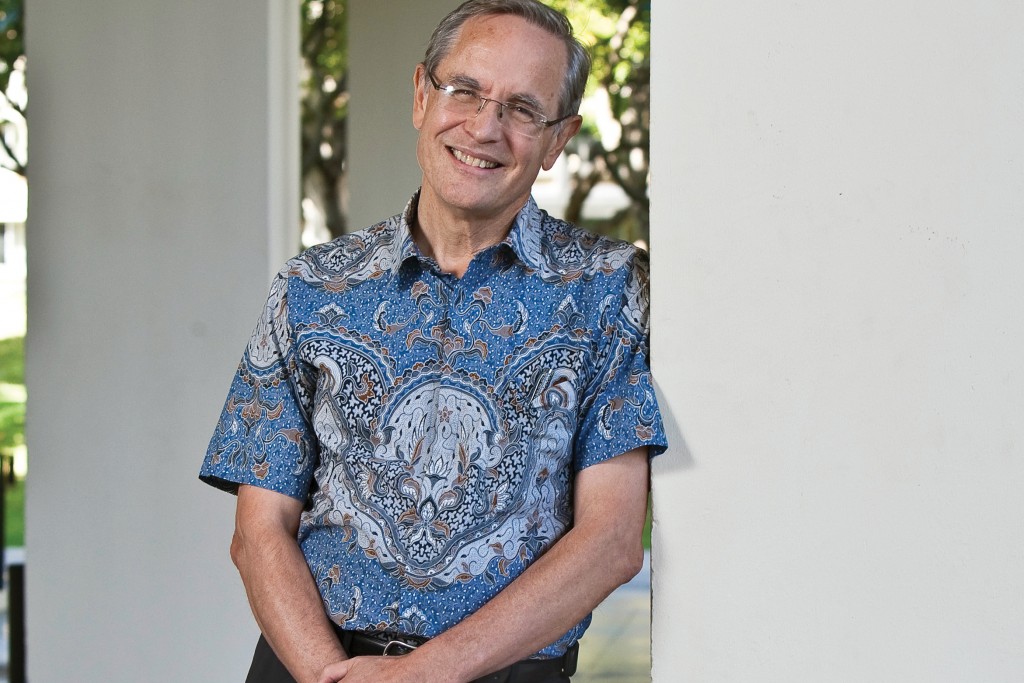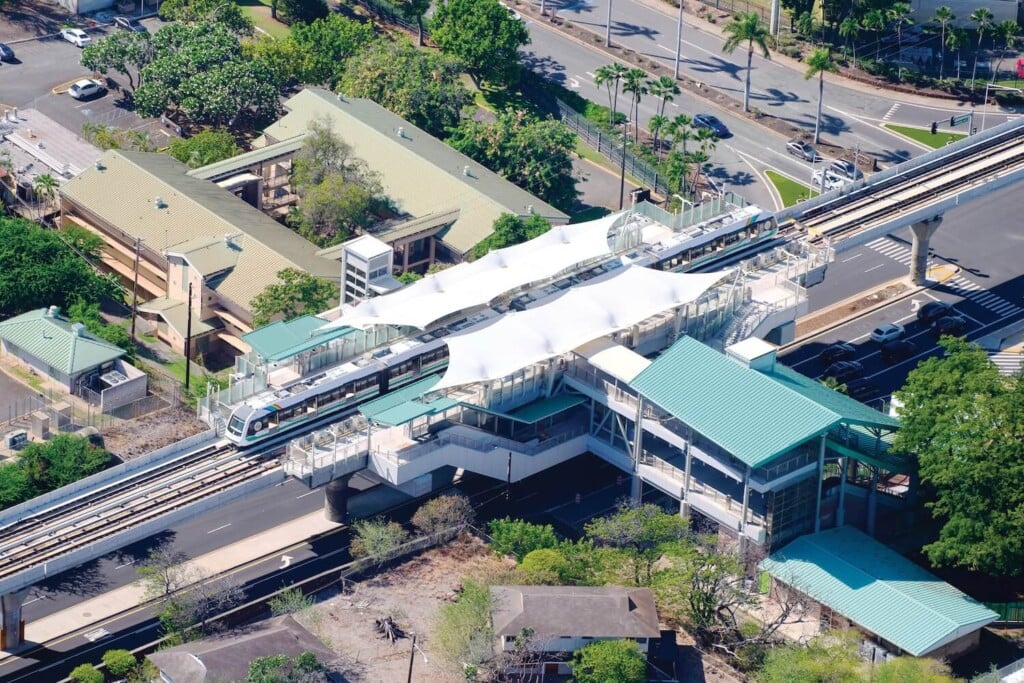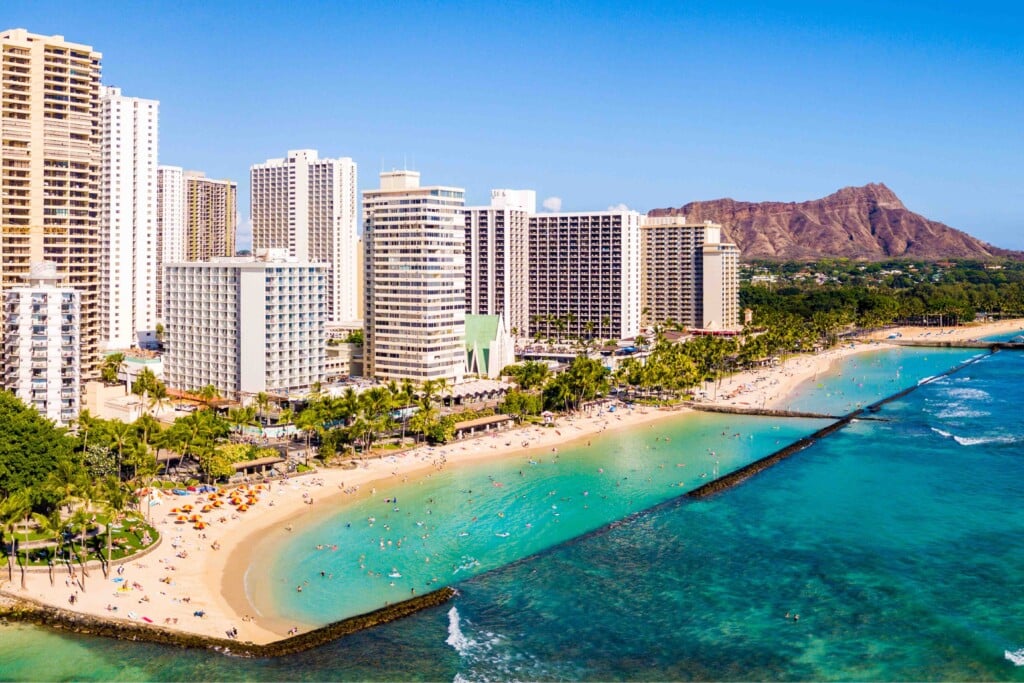Talk Story with Charles Morrison

The East-West Center this year celebrates its 50th anniversary as a national institution that promotes better relations and communities in the Asia-Pacific region through research and education. “Our students have the ability to really make a difference in our globalized society and that’s what we’re striving for in the next 50 years,” Morrison says.
How has the East-West Center influenced political and business leadership in the Asia-Pacific region over the past 50 years?
A: The most significant ways have been in training leadership and providing a sense of how both sides of the Pacific work with each other. What we do that is quite unique is talk about the issues in the region, as a region. People need to know about the broader picture to make the right decisions. The other thing is the areas of training they’ve received. For example, you don’t think about it too much, but behind good policy has to be good statistics. That’s why we’ve done quite a bit of training on how to collect census data, how to analyze data, how to communicate to policy makers and to the public, and so forth. Also, the United States should be humble enough to realize that there are many things that we might learn from countries in Asia.
Q: How does the East-West Center benefit Hawaii?
A: There are opportunities for local business people and educators to interact with people who come here for East-West Center programs. If I take the number of participants who come from other parts of the world to the East-West Center and multiplied them by the amount of days they normally stay, I estimate that it would be about 30,000 visitor days each year. Then you have about $20 million that comes from the federal budget and $10 million to $12 million from other private sources and virtually all of that is spent in Hawaii, so there’s $30 million to $40 million in total economic impact. Also, international education is a big industry. Our students certainly contribute to our community — sometimes it’s money or ideas, but they also add richness in a much broader way.
Q: What kinds of trends have you seen develop recently in Asia-Pacific countries?
A: In the early days of the East-West Center, the big issue was that populations were increasing so rapidly, so how do you handle that? Now, Japan has one of the oldest populations in the world and older people have more medical problems, so this is considered to be a big issue for Japan — how to adjust to an aging society. Another one is the urbanization of Asia. In 1960, when the center was started, there was probably one major Asian city that had a population over 10 million — that was Tokyo — but today there are probably about 25 with 10 million or more. Big cities are more vulnerable in many ways, they create huge environmental issues and there are a lot of social tensions as a result of people moving into the cities from different parts of the country, so we started two new programs on urbanization.
In healthcare, the changes are from a traditional set of diseases to two types of new diseases. The traditional diseases were often water-borne, they affected infants, mothers or were related to poor sanitation. The new diseases are the potential pandemic diseases and infectious types like HIV and AIDS, SARS, Avian Flu. Many of these originate in Asia because of population density, as well as that of animals, so the chances of viruses moving from pigs, birds and cows to humans are much greater. Then, the other diseases are lifestyle-change diseases. These include cardiovascular diseases. Kids are growing up getting less physical exercise because they’re sitting playing video games. Those are challenges that Asian healthcare systems are not very well prepared for.
Q: Have there been positive changes?
A: Yes, there have been a lot of good changes, too. There have been no wars between countries in Asia for the last 30 years, unlike in the 1960s and ‘70s. I personally think a lot of it is because of the growth of interdependence and so as people are trading with each other, they know that war disrupts trade and hurts them all. I think it’s also a change in the international ethos.
Q: What is Hawaii’s role in shaping the Asia-Pacific region?
A: There’s a way in which Hawaii is just a very special part of the Asia-Pacific region. We have 1.3 million people. If you include the United States, the Asia-Pacific region is about 3.8 billion, so Hawaii does become just a drop in the bucket. But Hawaii is the only place where it really is an Asia-Pacific community because people have come from all over the region. I think how people from other parts of the world essentially get along in an environment of democracy and build their own society is a very special model. I think you can make contributions to improve the world from any city. You just have to concentrate on what you can do.
Q: The Asia-Pacific Economic Cooperation conference will bring together the leaders of 21 Pacific-Rim countries in Hawaii in 2011. What will that summit mean for Hawaii?
A: It’s certainly the biggest thing that’s ever happened to us in terms of international leaders coming here. I’ve been to four of these conferences and it’s the biggest thing that happened to Australia, Peru and Vietnam. So the question is: Is this a one-time meeting, or can we take advantage of this? The meeting itself does migrate but I think it’s a chance for Hawaii to show off certain players and I hope that it creates a new kind of industry that makes Hawaii a stronger, international meeting place for business. A lot of people know Hawaii for the sun, sand and surf, but we also want to brand Hawaii as a business center where people from all over the world can come to do business with each other effectively.
Q: What can Hawaii learn from the rest of the world?
A: One thing we need to learn is what a modern airport looks like. You see all these beautiful Asian airports and, yes, they are expensive and they’re found in much bigger cities, but there’s a standard that we need to reach over time. We’ve spent years and years thinking about our mass transit, and I think we can learn a lot from other countries. One area where I think we have a lot to give is in clean energy. On a relatively small island like Oahu, you can do experiments with, say, electric cars, which can then be used by a place like Korea or Japan. It’s great if we can all learn from each other’s best practices. We also learn from each other’s worst practices.






